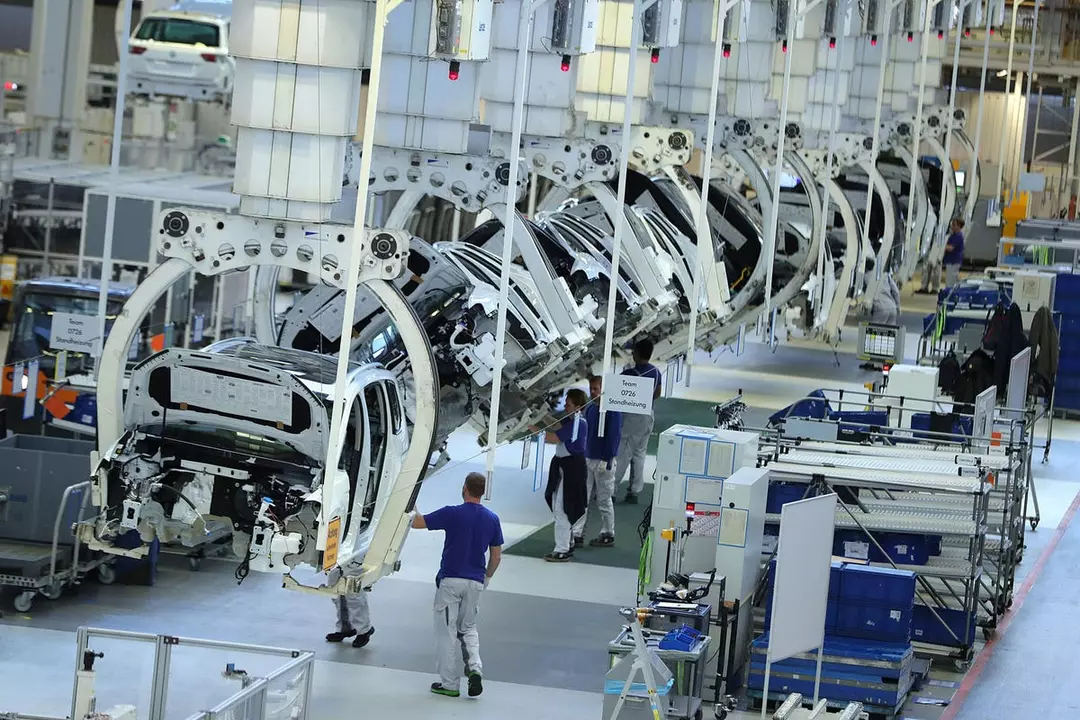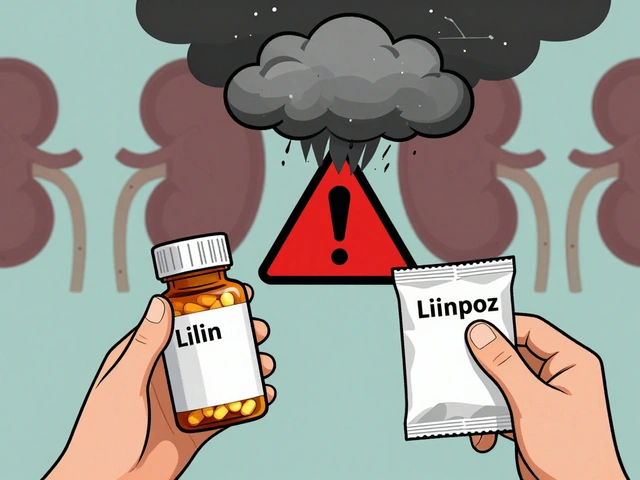Calcium carbonate in automotive manufacturing: a simple way to cut weight and cost
Calcium carbonate is a common mineral that carmakers use to make parts lighter and cheaper without a big redesign. It’s a filler for plastics, rubbers, paints and coatings. By replacing part of the polymer or pigment with calcium carbonate, engineers reduce mass, lower material cost, and often improve stiffness. That matters when you want better fuel economy and fewer emissions without changing the whole car.
How carmakers use calcium carbonate
There are two main grades: ground calcium carbonate (GCC) and precipitated calcium carbonate (PCC). GCC is rougher and cheaper; PCC is finer and brighter. Both find roles in automotive parts. Typical uses include interior trim, instrument panels, door panels, bumpers (in non-structural zones), underbody shields, adhesives, sealants, and paints. In plastics like polypropylene, calcium carbonate is often added at 10–35% by weight to cut material cost and boost stiffness. In paints and coatings it improves opacity and helps control gloss.
Engineers pair calcium carbonate with coupling agents—like maleic-anhydride-grafted polymers or stearic acid—to help particles stick to the plastic matrix. Proper dispersion is key. If the filler clumps, you lose strength and surface quality. When done right, you get a lighter part with acceptable impact, good dimensional stability, and lower CO2 per vehicle.
Practical tips: what to check and trade-offs
If you’re sourcing calcium carbonate or specifying it for parts, check particle size distribution, whiteness, bulk density, moisture content, and oil absorption. These numbers tell you how the powder will mix, how it will look after painting, and how it affects processing. Ask suppliers about surface treatments—silane, titanate, or stearate coatings can improve bonding and reduce wear on equipment.
Watch the trade-offs. Adding more calcium carbonate raises stiffness and reduces cost, but it can lower impact resistance and elongation. For safety-critical or highly stressed parts, you’ll need either lower loadings or a hybrid approach (filler plus reinforcing fibers). Also consider processing changes: higher filler levels can increase melt viscosity and abrasion on screws and barrels.
From an environmental view, lighter parts help fuel economy, and replacing part of a polymer with a mineral lowers embodied carbon per part. Calcium carbonate is abundant and recyclable with many plastics recycling streams, which helps at end of life.
Bottom line: calcium carbonate is a pragmatic tool for automakers. It’s not a miracle material, but when chosen and handled correctly, it saves money, trims weight, and makes parts that perform well enough for many vehicle applications.






